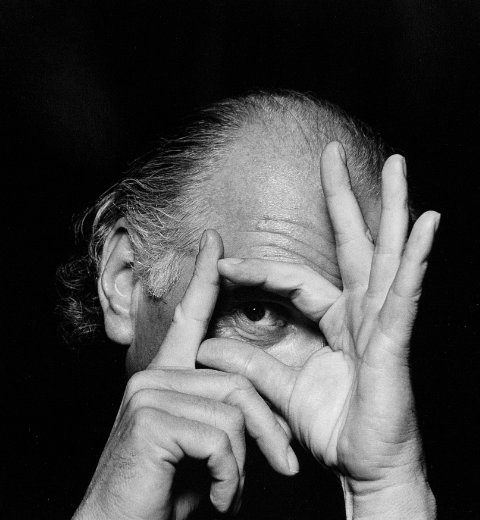Interview with the Austrian publisher and curator Lois Lammerhuber
This year brings us the 41st edition of the Leica Oskar Barnack Award (LOBA). Following the new nomination procedure launched in the jubilee year of 2020, around 100 international photography experts have once again submitted their nominees for 2021. In the next step, a jury will put together this year’s shortlist. We are accompanying this whole process with interviews, introducing some of the nominators. This current interview is with Lois Lammerhuber, from Austria, who is very busy as a photographer, art director, festival organiser, and committed lover of photography.
How important do you consider the LOBA in comparison to other photo awards?
Oh, you’re starting off with a question that’s not easy to answer! Can you compare apples and pears? Naturally, the significance of the Leica brand is of particular weight in this case. The competence wielded by the nominators shouldn’t be underestimated; and, of course, the prize money is also not insignificant. In other words, LOBA’s voice can be well heard, amid the choir of photo awards.
What personal connection did you have to LOBA or to Leica, before your involvement as a nominator?
I’ve actually known about LOBA since forever. I’ve been at the award ceremony; and two years ago, I presented LOBA 2018 at the Festival La Gacilly-Baden Photo. This, of course, creates a great closeness, because being involved intensively with the topics increases your personal awareness considerably.
“LOBA’s voice can be well heard, amid the choir of photo awards.”
Can you give us an idea of how you went about selecting your proposals for the LOBA?
It was not an easy task, because the conditions imposed by Covid-19 in 2020 had a significant impact on the way photographers operated. This frequently didn’t align with the conditions of the competition, because most of those who were able to work were out on assignments; and the results of their work were often published immediately, or received awards elsewhere. In my case at least, some great pieces of work fell victim to these circumstances.
What do you consider will change in the photography market and photo scene over the coming years?
I think it’s safe to assume that our iconographically-fixed views will change massively, within a short time, due to the way in which people involved in photography – who number in the billions – interpret images. Probably, the most important change will be that, because of the global use and exchange of photography, non-verbal understanding, non-verbal learning, and non-verbal communication will increase enormously. This means that the interpretation of our world through words, and the power of words, will shift in favour of images. In other words, photography’s time is now – and this is not related to the consequences of the pandemic.
“Because of the global use and exchange of photography, non-verbal understanding, non-verbal learning, and non-verbal communication will increase enormously.”
Does a separation still actually exist between applied photojournalism and free-style work?
Yes, it exists; it’s like a law of nature. Journalistic documentary work is often backed by one or more clients or financiers. Artistic work is much more frequently organised as a free project. In my opinion, the balance on the whole will shift towards free-style work; because magazines and daily papers are commissioning fewer and fewer assignments – and are not commissioning the all-important long-term projects at all.
What do you recommend young photographers to become visible for funding?
Be good. No, be incredibly good at what you do. Be determined to the point of stubbornness. Content with a superb concept can be helpful, but both are necessary: great content and great formal photographic skill. The declaration by László Moholy-Nagy is more fitting than ever: “Photography is there to make the visible visible.” Though it sounds so simple, it is the key to the world of successful photography. The intellectual cognitive process is needed for top performance.
What are your wishes and hopes – or fears – for photography in the future?
I have no wishes, hopes or fears. I do have a date book with an overview, planned three years into the future; it gives me more than enough perspectives. I’m passionately looking forward to everything that’s coming. Otherwise, it wouldn’t be in planning.
Thank you for speaking with us!

Lois Lammerhuber
Lois Lammerhuber was born in the Austrian community of Sankt Peter in der Au in 1952. As a reportage photographer, he has had around 1000 magazine stories published, as well as 84 books to date. Together with his wife Silvia, he has been running Edition Lammerhuber Publishers, since 1996. In 2012, he founded the Alfred Fried Photography Award, which is granted to the best picture dealing with the subject “What does peace look like?”; and is partnered with World Press Photo, UNESCO, the International Press Institute and the Austrian Parliament. In 2018, Lammerhuber founded the Festival La Gacilly-Baden Photo. He has been a member of the Art Directors Club of New York, since 1994. He has received numerous awards, including the Austrian Cross of Honour for Science and Art, 1st class.
Portrait: © Francis Giacobetti